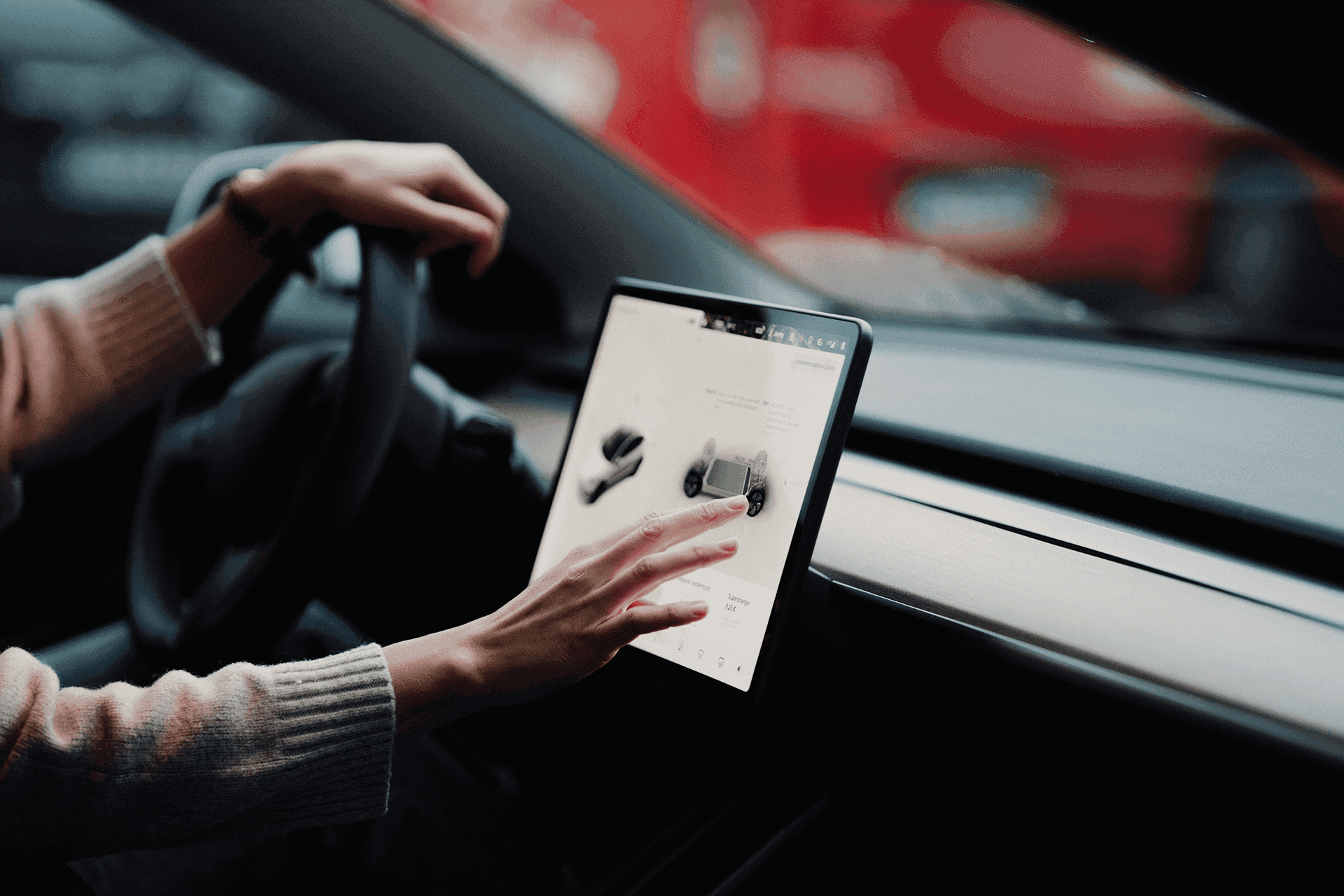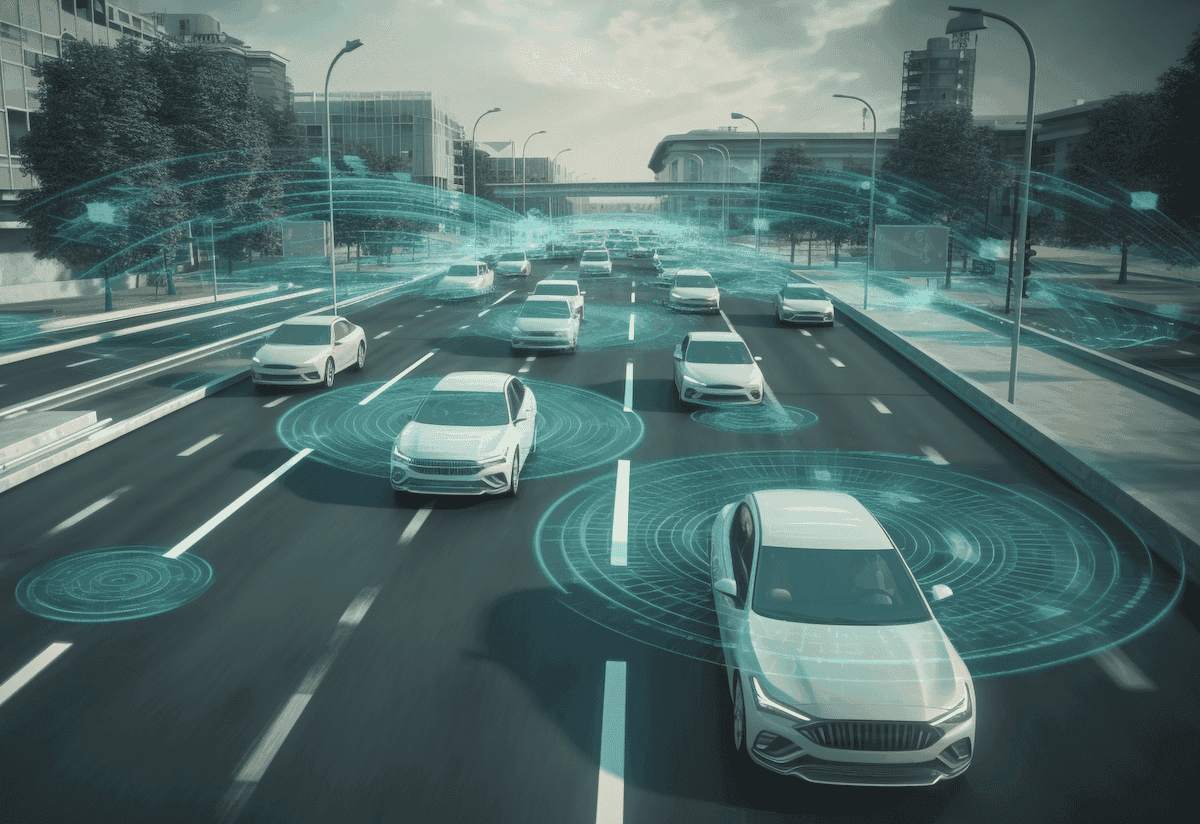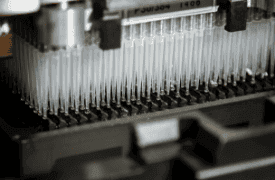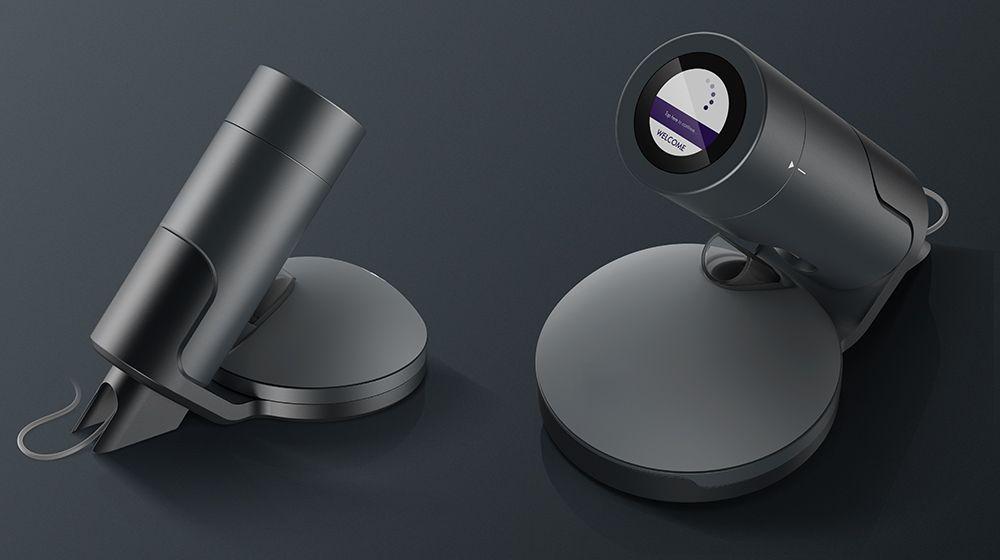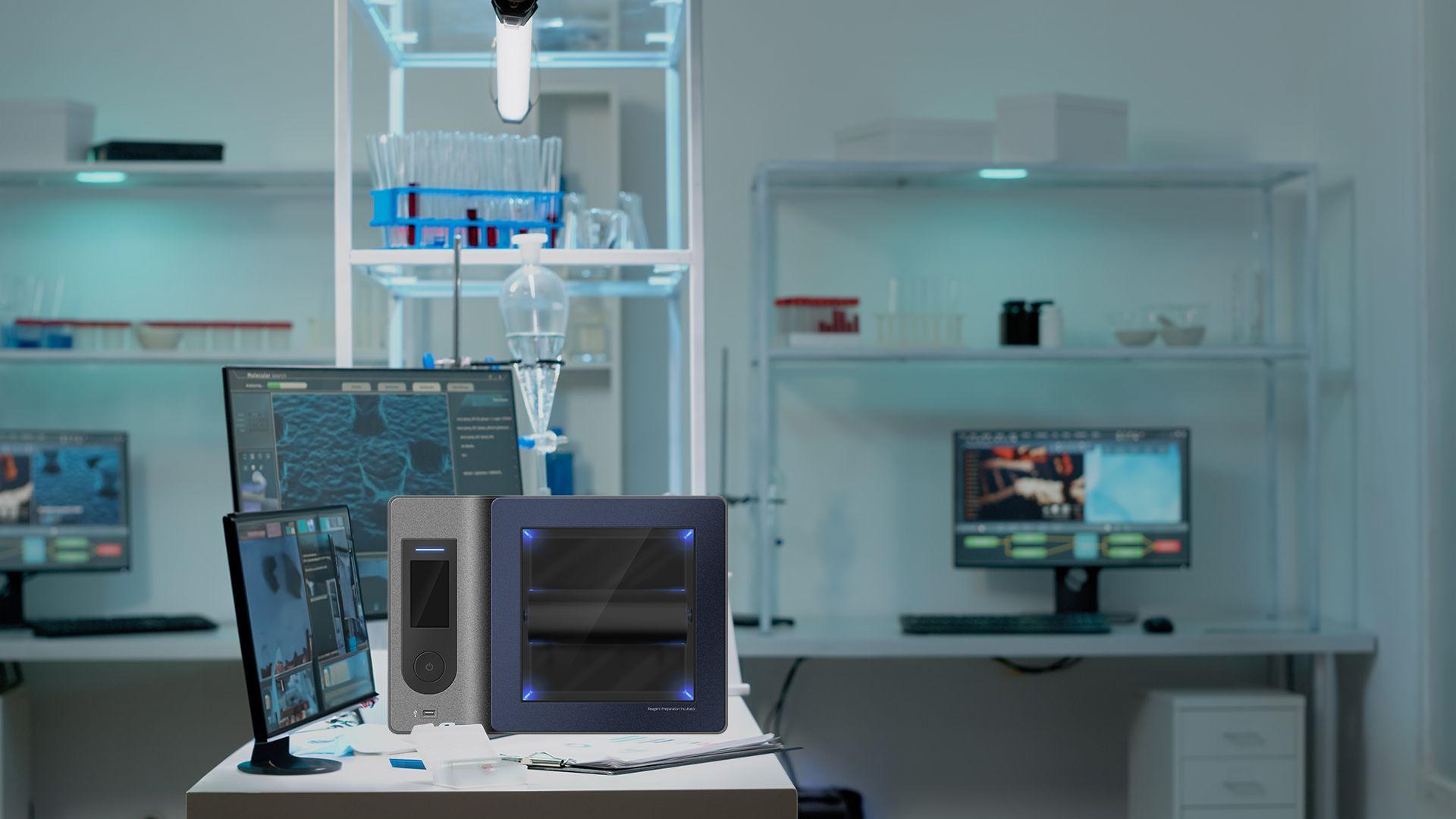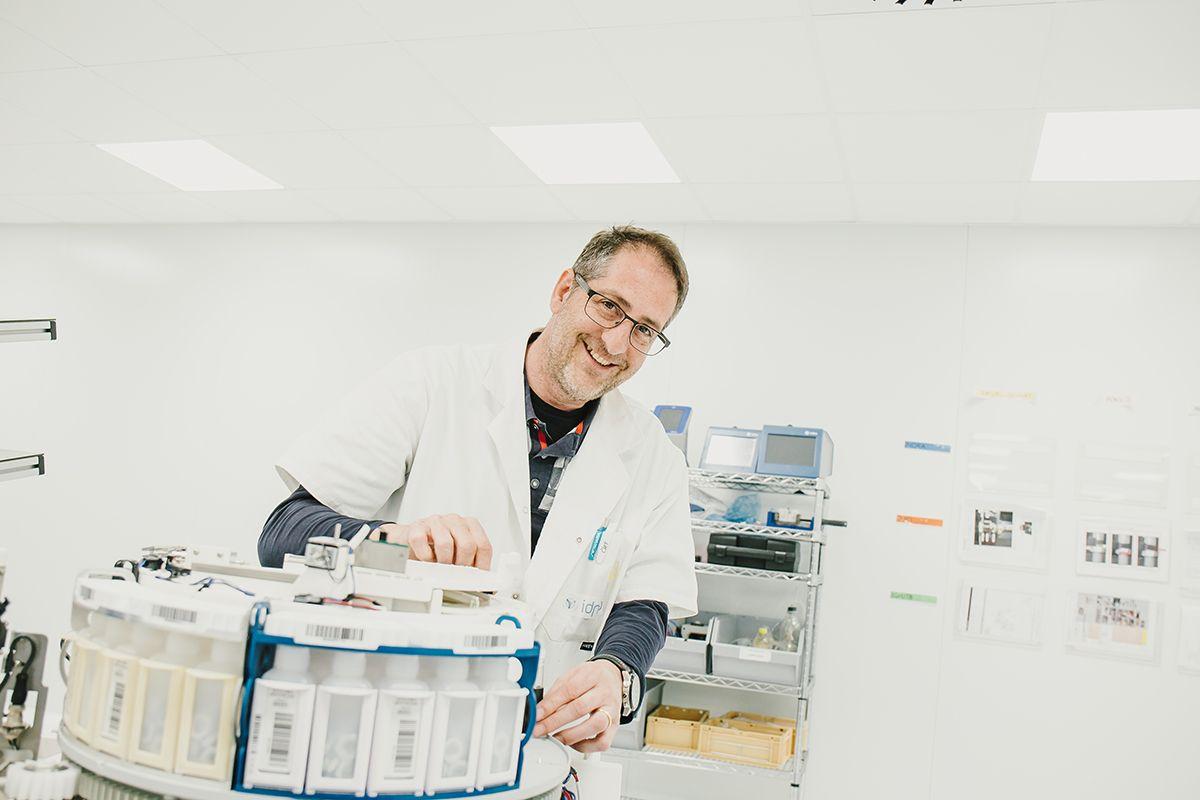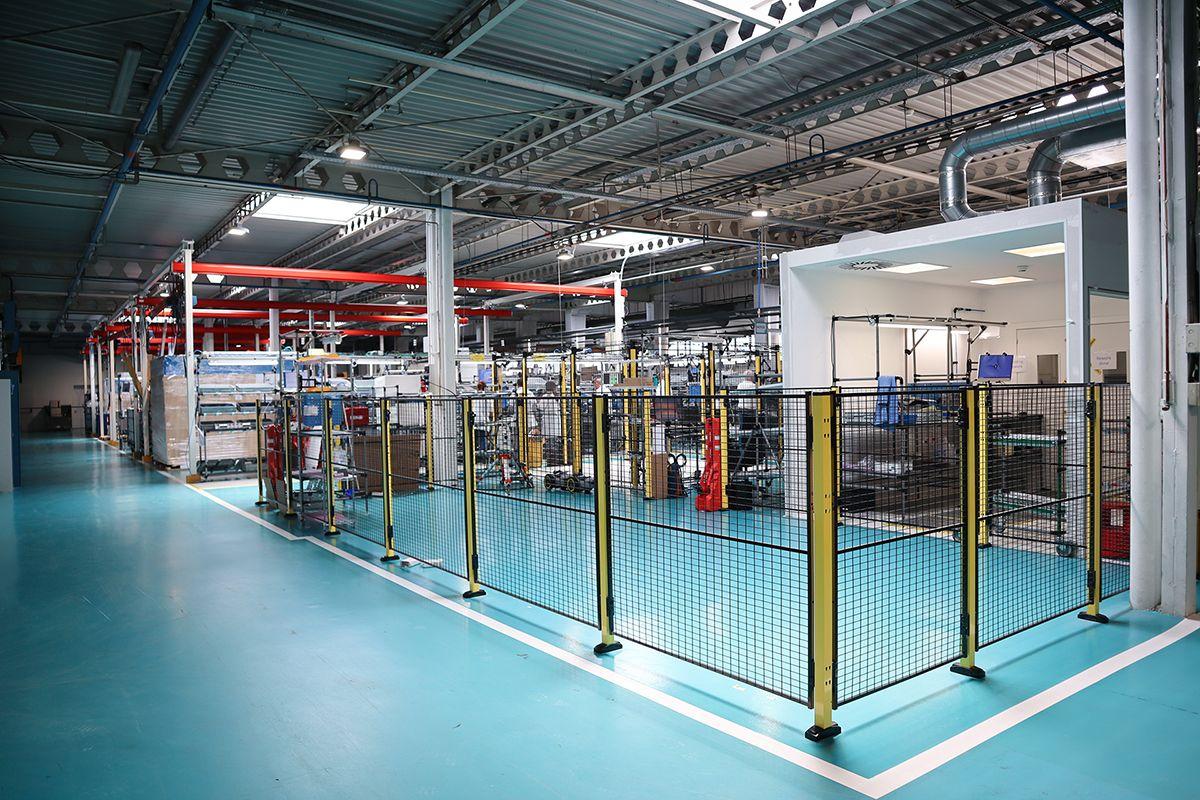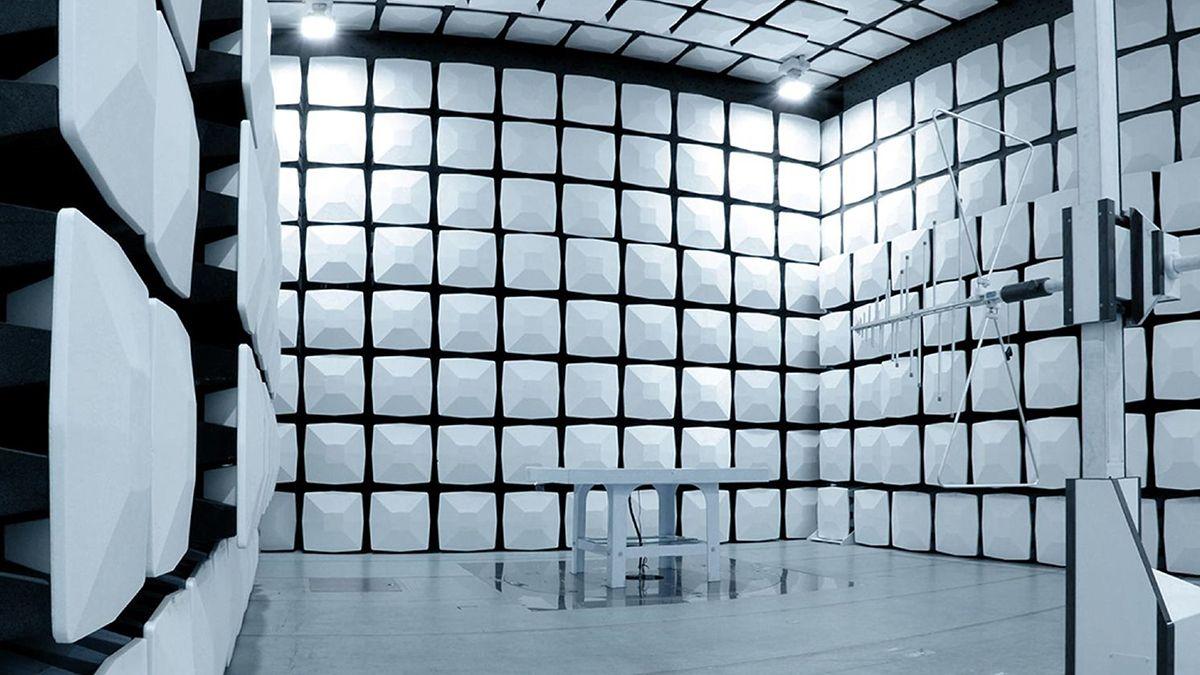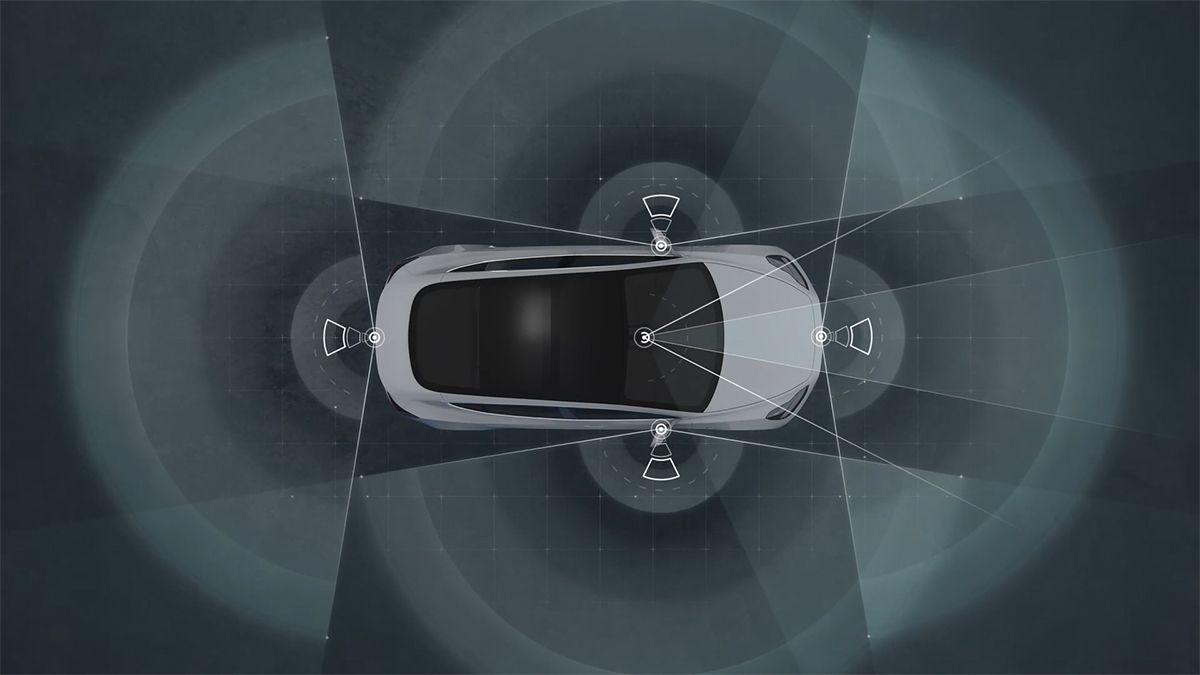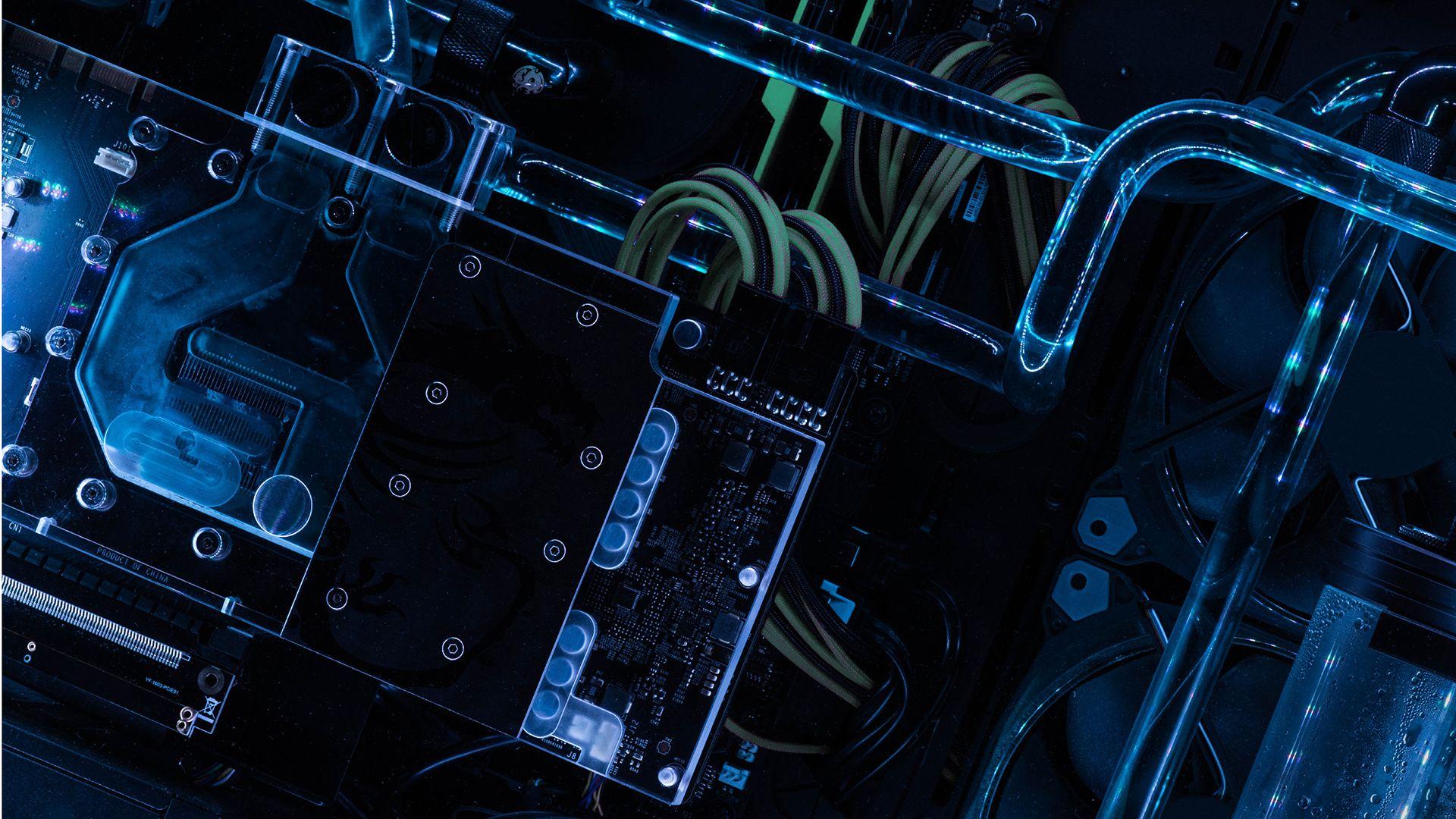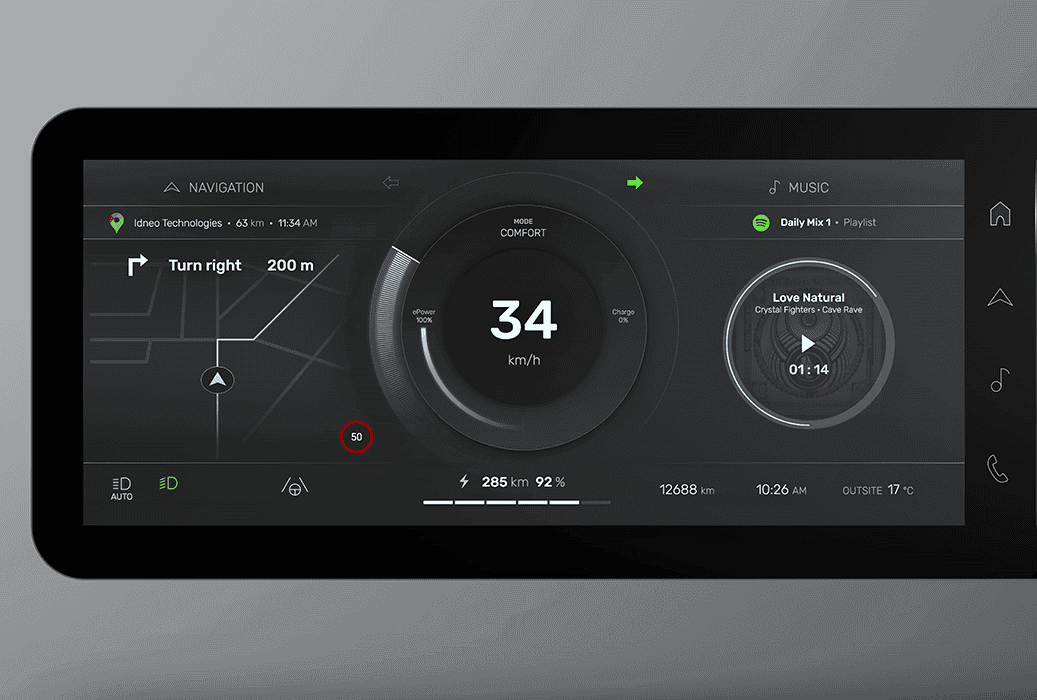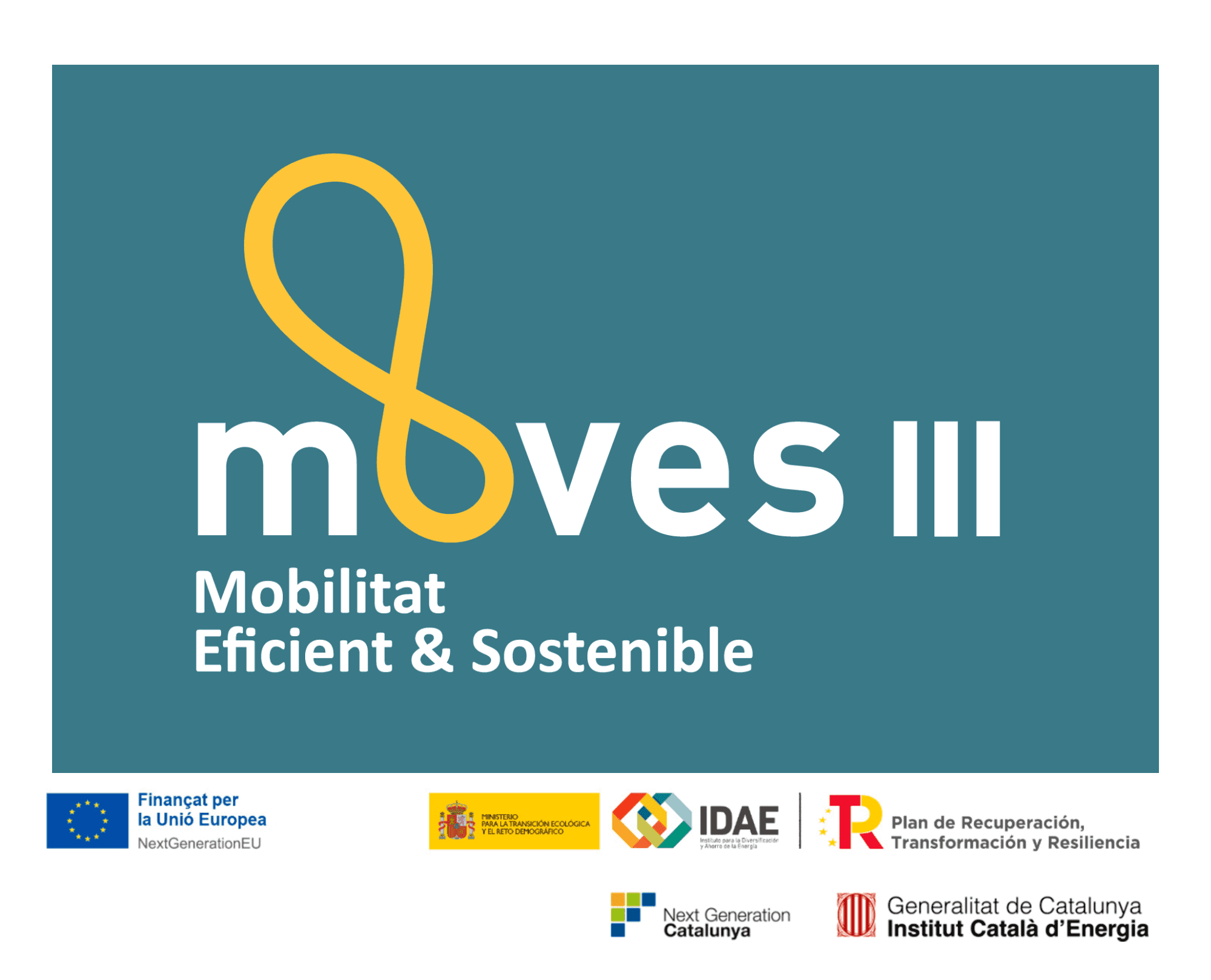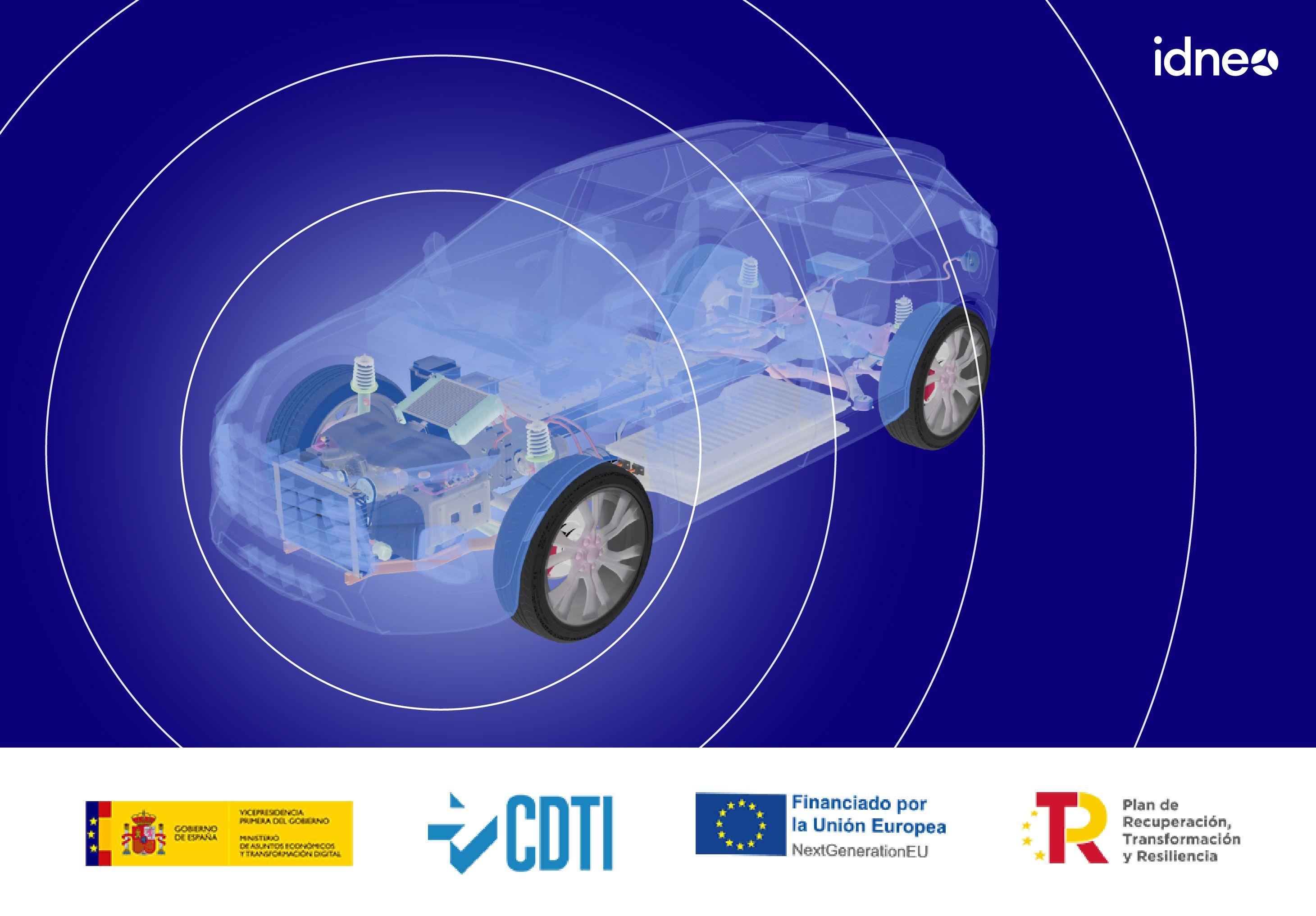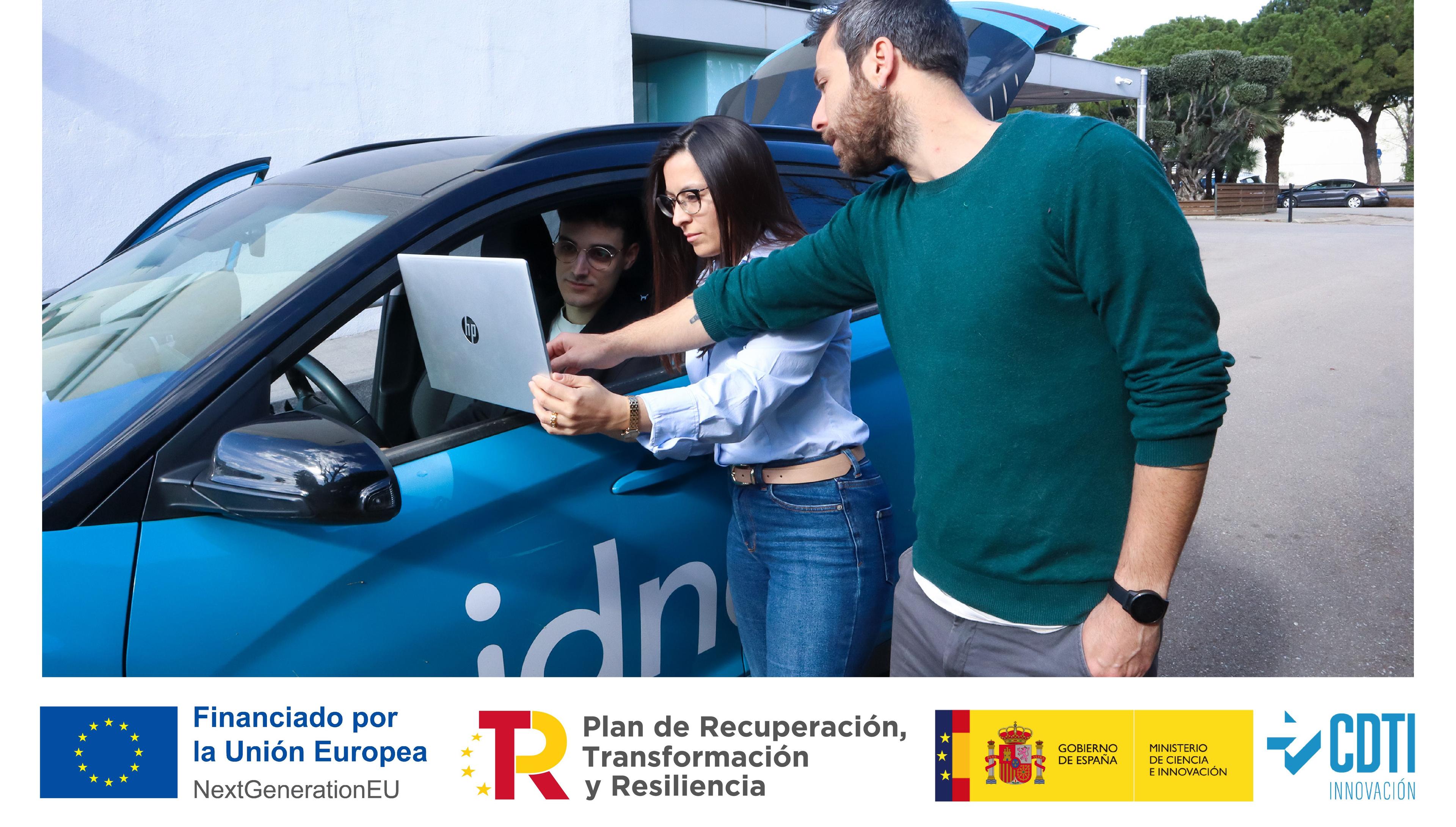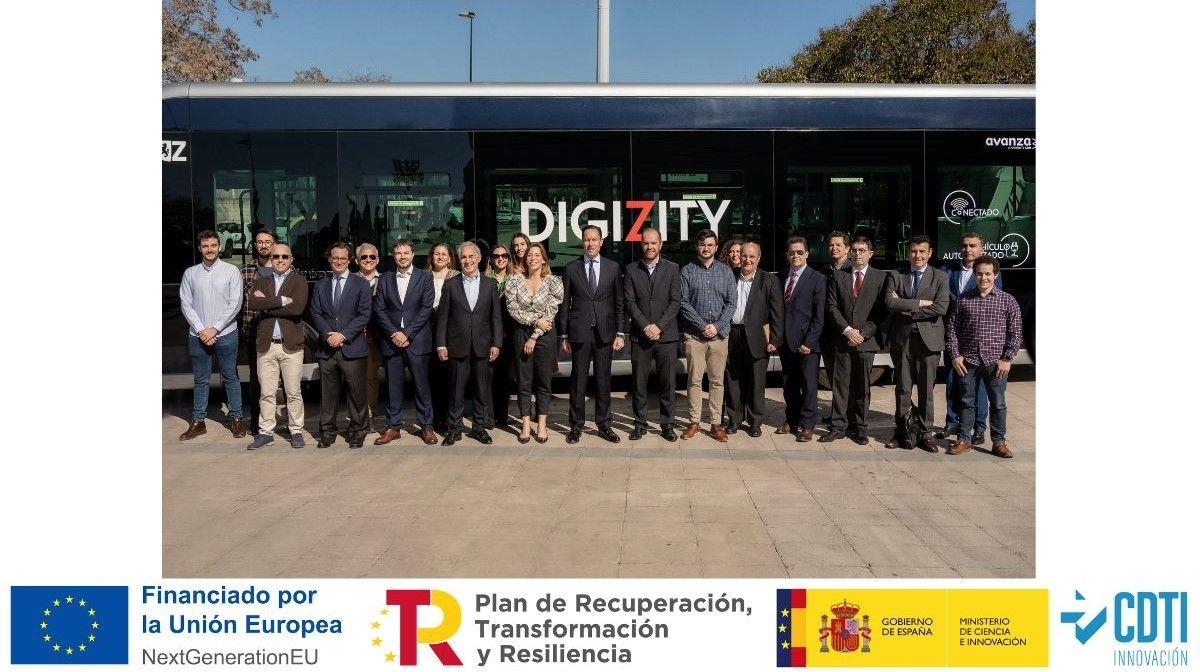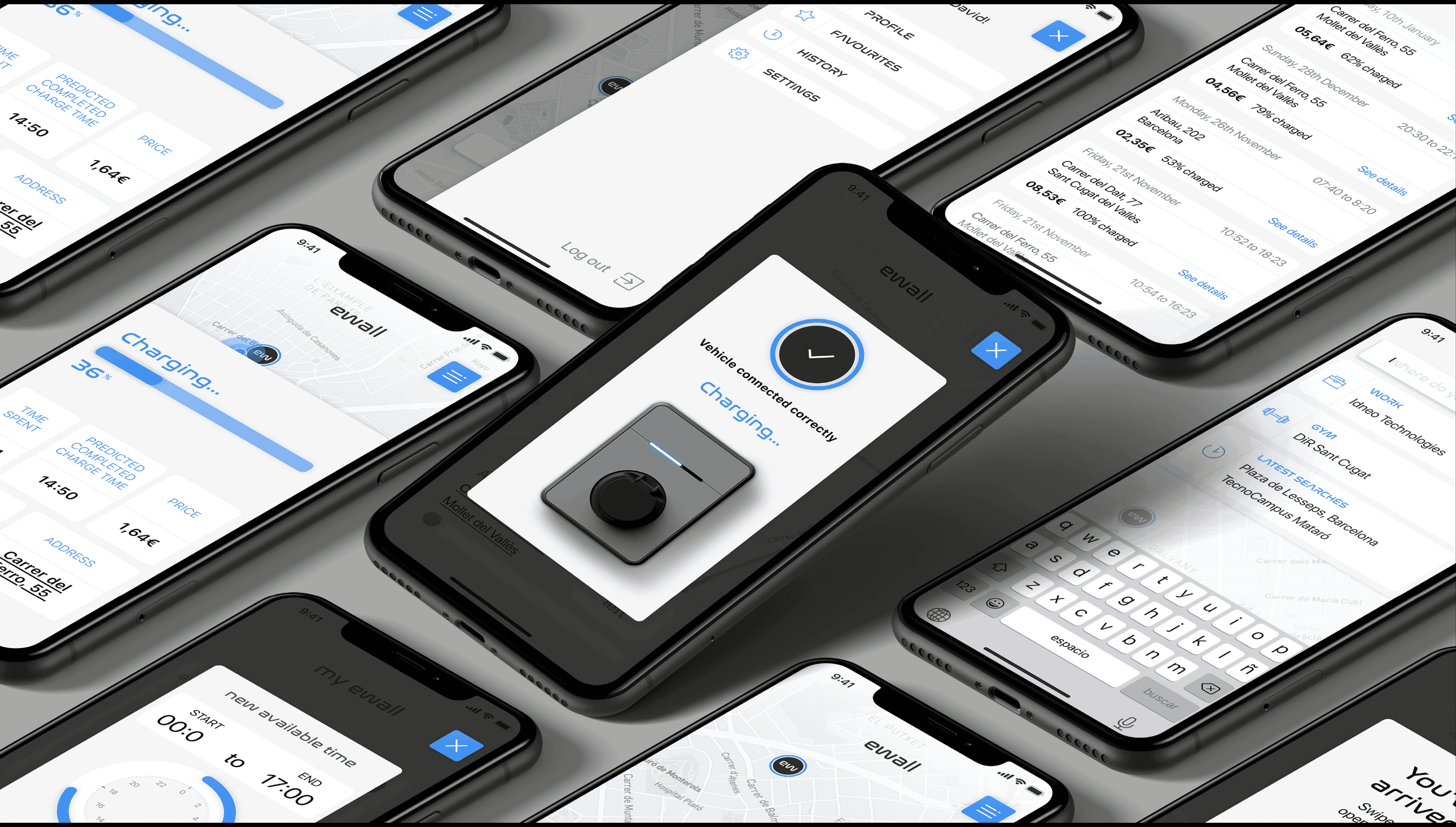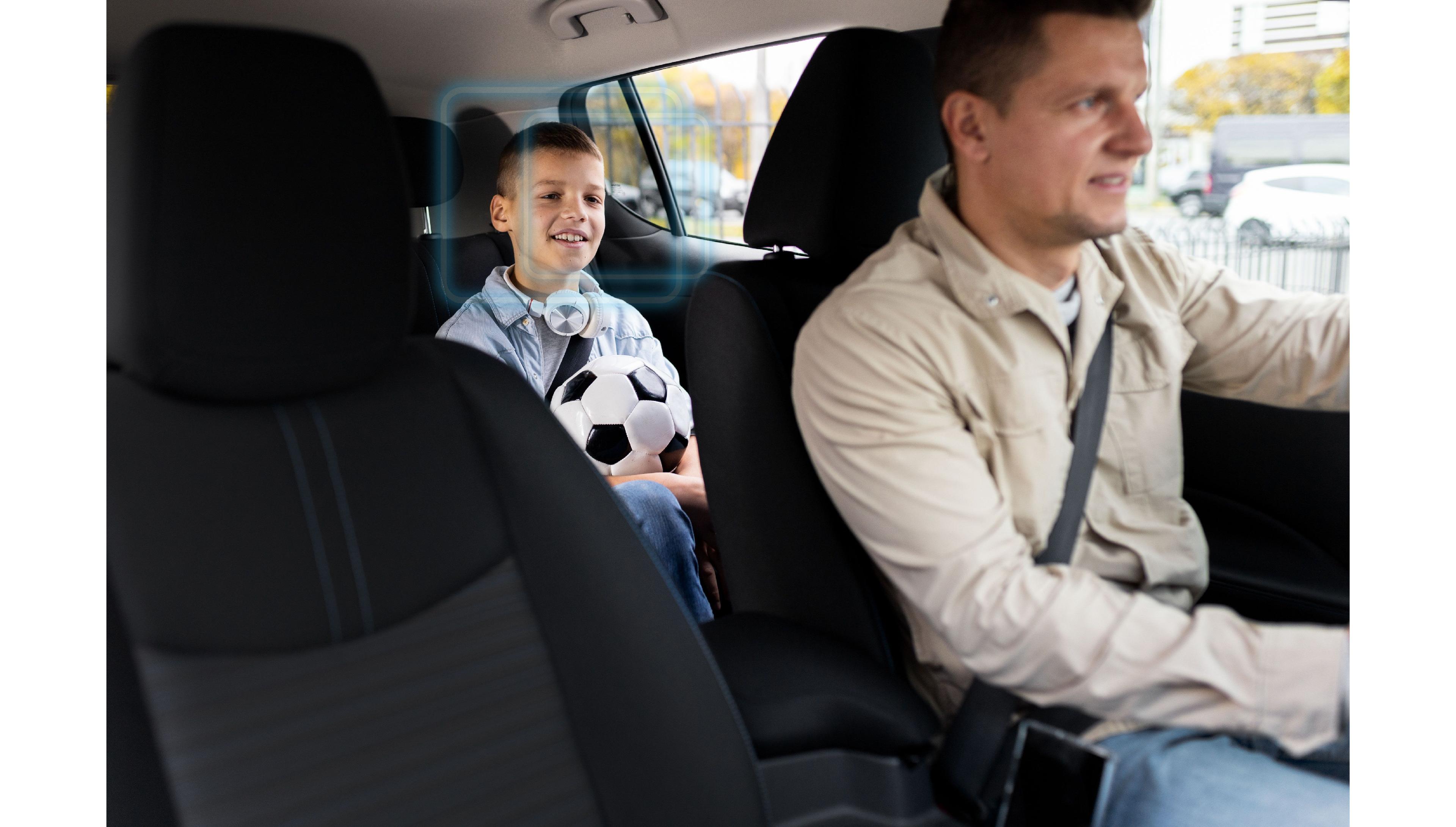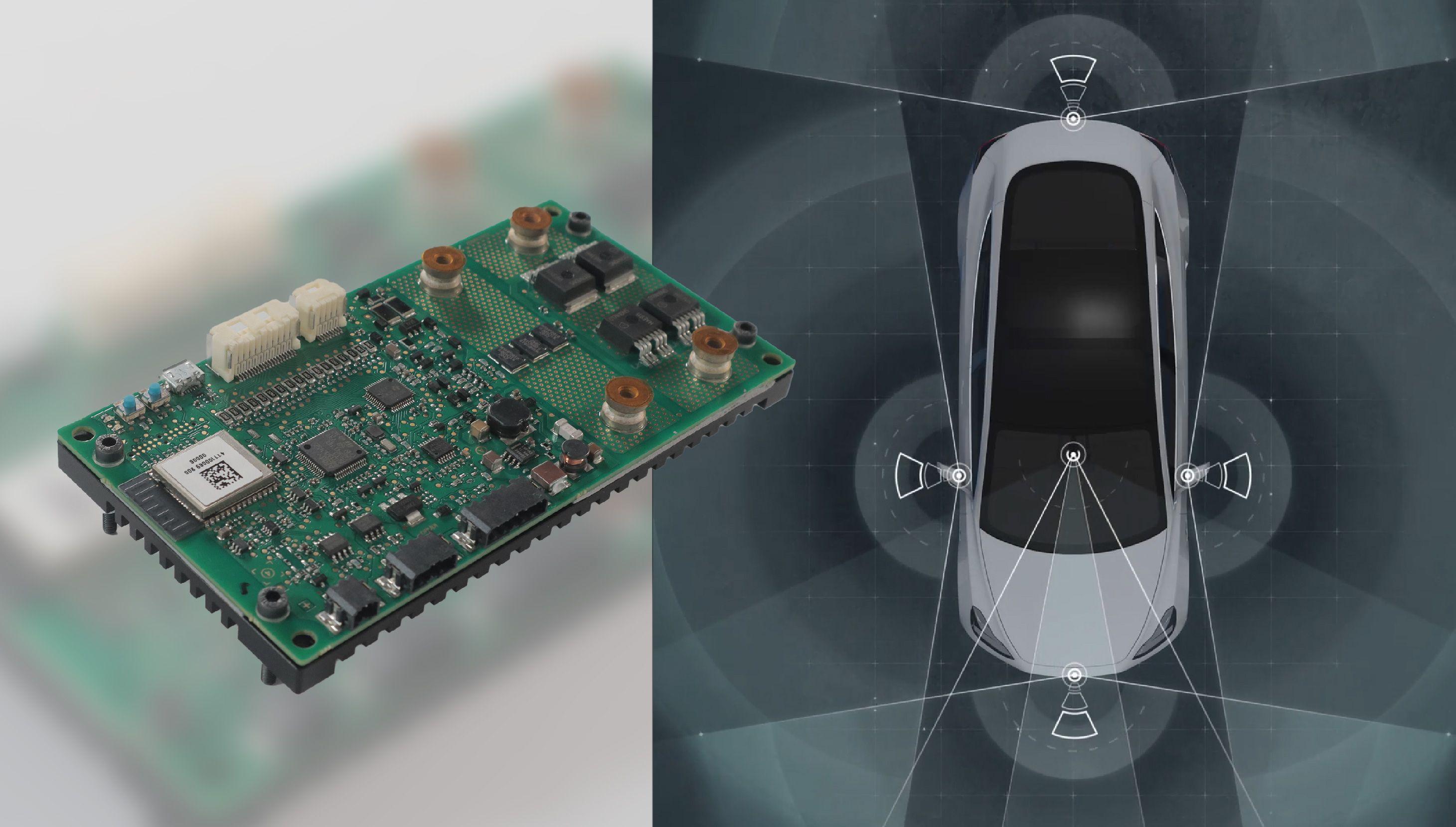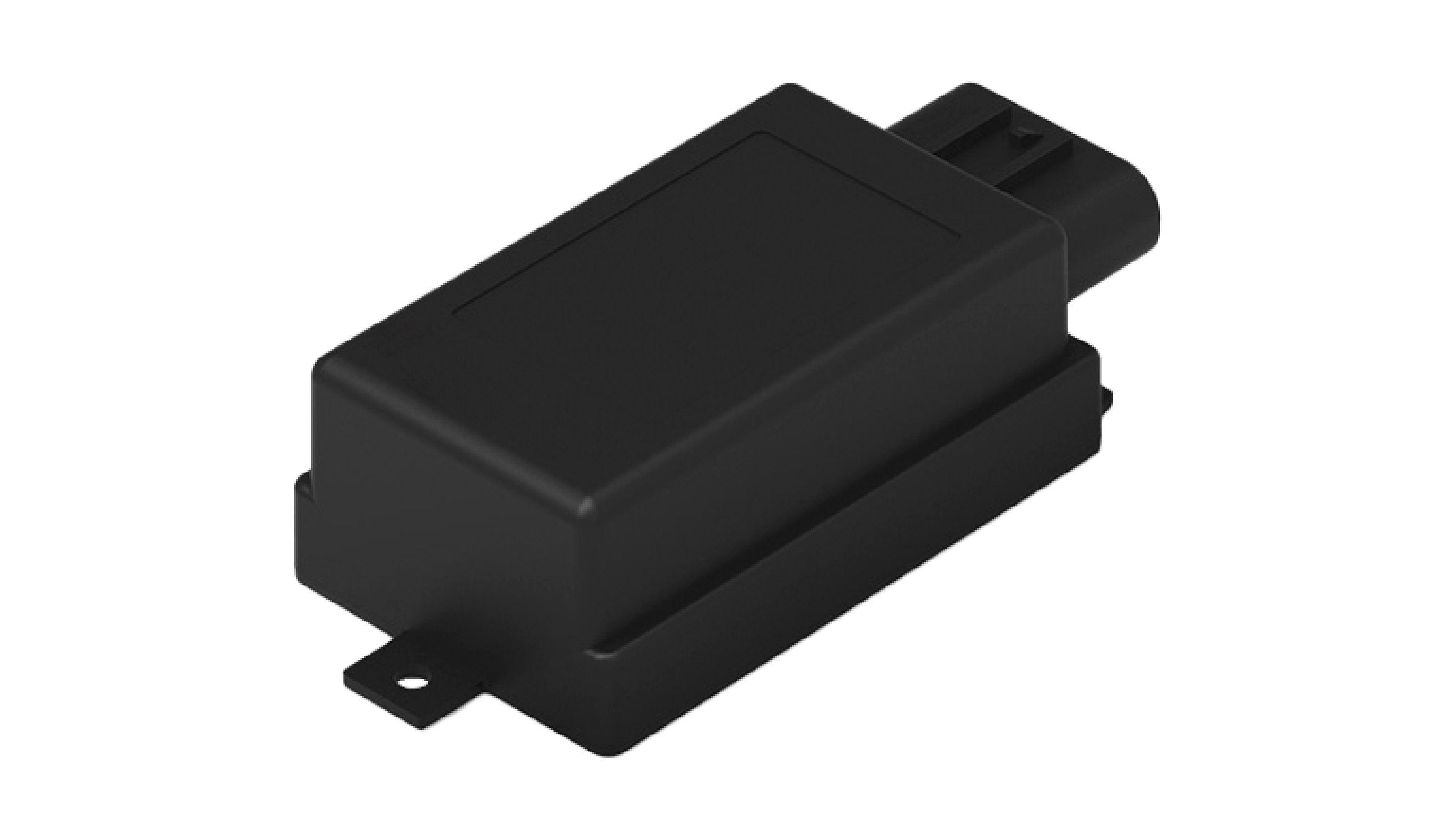News
How to Choose the Perfect Radar Technology for In-Vehicle Safety
In the automotive industry, safety isn't static. Thanks to increasingly strict standards like Euro NCAP, in-cabin safety has moved from a premium feature to a non-negotiable standard. But meeting these new mandates, especially for complex features like Child Presence Detection (CPD), requires more than just adding a sensor: it requires choosing the right core technology.
At Idneo, we believe in defining the future of automotive safety, not just following it. That's why we're proud to announce the publication of our latest scientific article, which is set to become the definitive reference for the industry.
Introducing "Automotive in-Cabin Radar Uncovered: The Essential Guide"
We're thrilled to release our new paper, "Automotive in-Cabin Radar Uncovered: The Essential Guide to Choose the Perfect Sensing Technology for Your Vehicle." Developed as part of our participation in the RISCCOM project, this isn't just an academic exercise—it's a practical roadmap for engineers tackling the next generation of intelligent vehicles.
The challenge today lies in the complexity of radar technology. With three distinct radar types—Doppler, FMCW (Frequency-Modulated Continuous Wave), and UWB (Ultra-Wideband)—each with its own strengths and weaknesses, which one is right for your application?
Putting Three Technologies to the Test
Our team conducted an exhaustive analysis, putting all three leading radar technologies through rigorous testing to evaluate their performance in the most critical in-cabin applications:
Child Presence Detection (CPD): Assessing the sensitivity and reliability needed to detect the subtle movements of a small child, ensuring no one is ever left behind.
Seat Belt Reminders (SBR): Evaluating accuracy for identifying seat occupancy and the status of seat belt usage across all vehicle seats.
Occupant and Vital Signs Monitoring: Determining the capability of each technology to monitor passenger positions, behavior, and even subtle vital signs like breathing.
Your Roadmap to Informed Decision-Making
The key takeaway of our research is a clear, data-backed framework. We offer engineering teams the insight needed to stop guessing and start making informed decisions, accelerating the development of safer, smarter vehicle platforms. This study breaks down the performance trade-offs, helping you select the perfect sensing technology that meets both your functional requirements and your cost targets.
Ready to unlock the future of in-cabin monitoring?
Get the full guide and access the keys to next-gen vehicle technology today:



